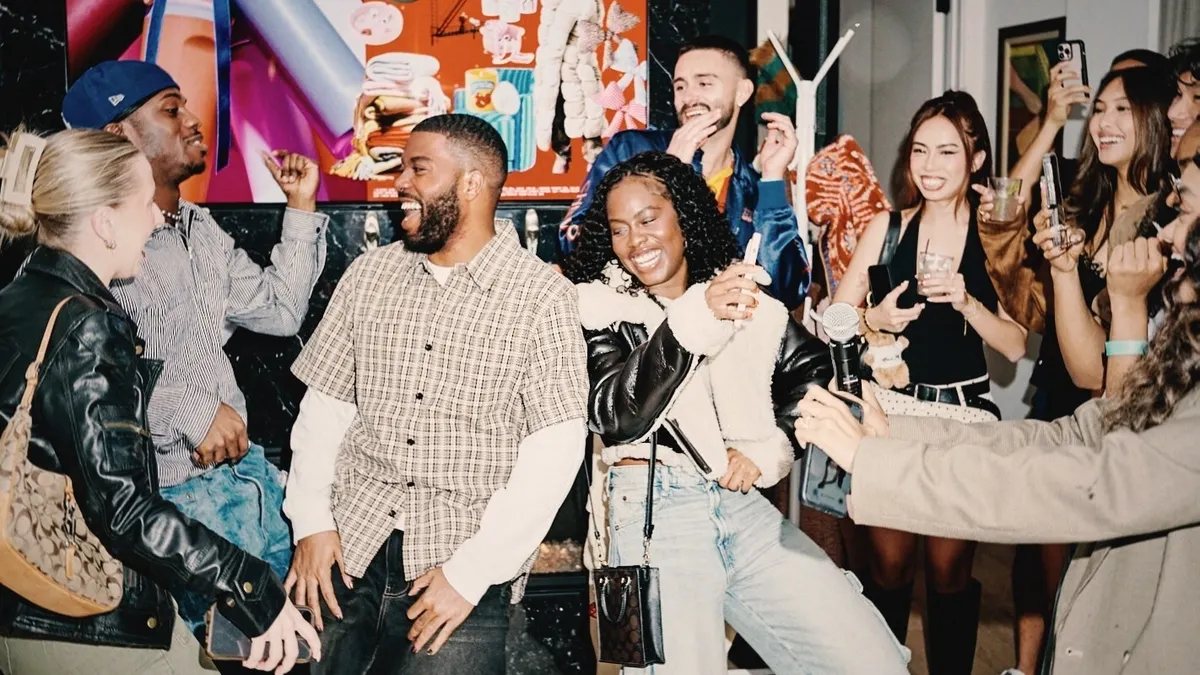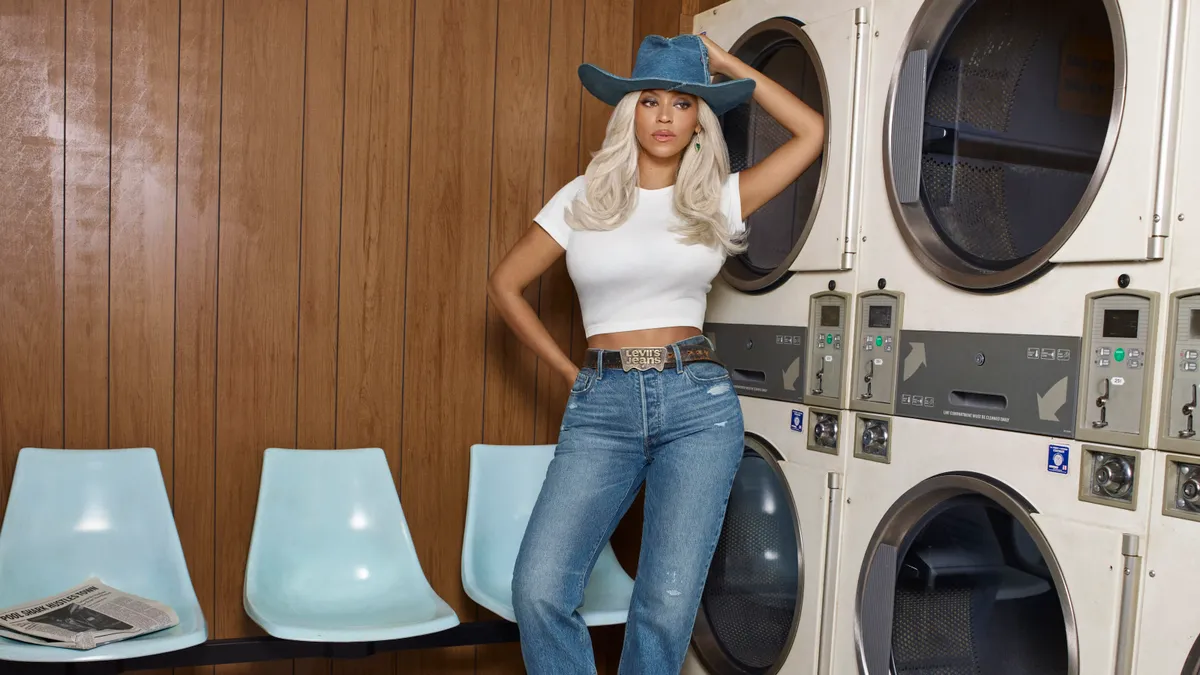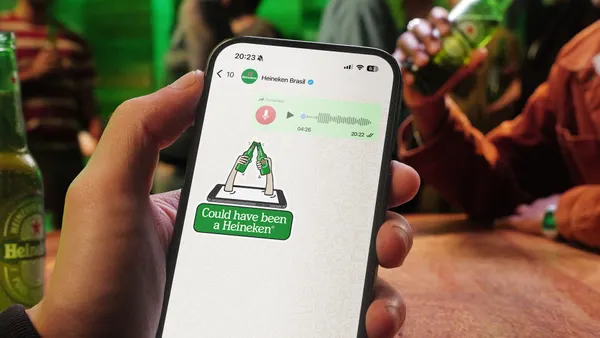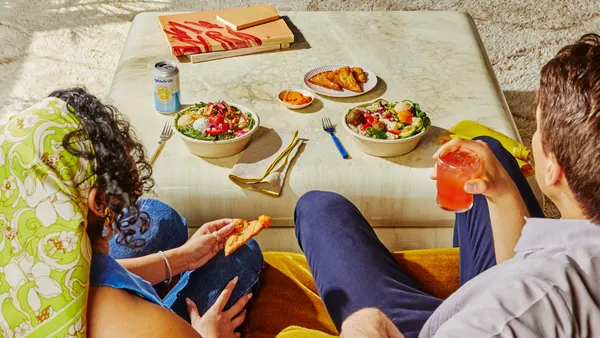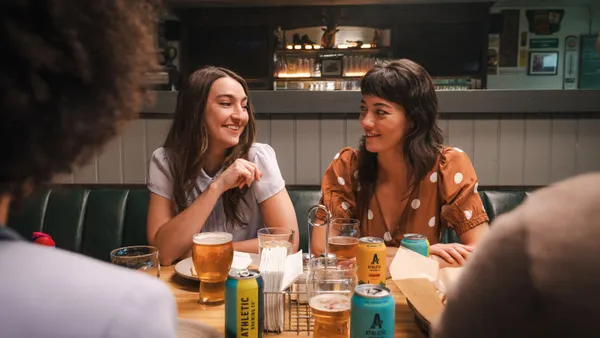Brief:
- Procter & Gamble's Pantene hair care brand rolled out a social media campaign based on the large number of users who post pictures of their bad hair days on Instagram and Twitter. The brand found that Instagram users have posted 1.2 million photos with the #BadHairDay hashtag, 17 times more than #GreatHairDay, according to a press release.
- Pantene's "14-Day Challenge" invites Instagram and Twitter users to post pictures with the #BadHairDay hashtag to receive a personalized consultation from a Pantene Hair Advisor. The haircare brand has enlisted an "army" of social responders in a new #GreatHairDay Studio to engage with each #BadHairDay post.
- Pantene's advisers will urge consumers to wash their hair using the recommended shampoo and conditioner and share their experience on social media using #GreatHairDay. The campaign also includes two 30-second ads featuring "real women" who have experienced bad hair days.
Insight:
Pantene's #GreatHairDay challenge is an entertaining way to engage social media users while leveraging the popularity of self-deprecating photos of bad hair days. By providing a personalized consultation with individual consumers, the brand may incentivize people to participate and perhaps buy recommended Pantene products. "Challenges" are a popular genre on social media platforms and video-sharing sites like YouTube that have the power to go viral through shares and hashtags.
P&G's personal care lines have used social media in recent campaigns to raise brand awareness and engage ad-fatigued consumers. Its Old Spice men's fragrance brand last month ran a two-day, football-themed obstacle course that livestreamed on YouTube, Twitch and Facebook Live. The Foam Zone game show challenged 24 competitors to overcome six obstacles in the "Lost City of Football" to win the Foam Zone Trophy.
Pantene's latest Instagram campaign can help to reach consumers that have shifted their online habits toward digital and mobile platforms. A study by eMarketer this summer found that mobile's share of time spent online grew to more than 3.5 hours a day, with mobile set to surpass TV as the most-used medium next year. Millennials and Gen Zers are the biggest consumers of online video, spending 33% and 41% of their digital time viewing video, respectively, according to a VidMob study.


